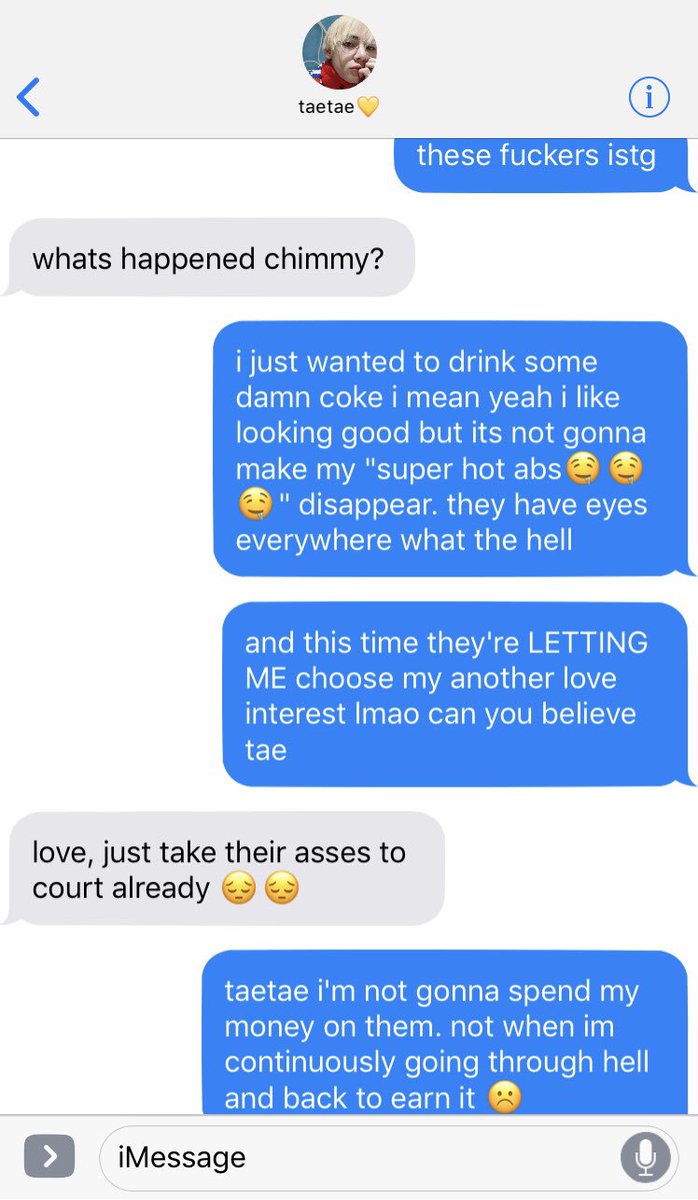There is literally concern about Huawei’s moon shots. Basically their AI has learned what the moon (mostly unchanging) looks like.
It’s extraordinarily easy to say yes, of course it is, those aren’t the values that came off the Sony sensor, that’s just fitting a desired outcome over a noisy signal.
What’s interesting is how deep that rabbit hole goes.
You can close your eyes and imagine. The code can match various constraints and synthesize.
Maybe someone hits Enhance. And now it’s a real face...
But you do need to know what the machine is telling you. Automated imagination is still but an informed guess.
That is not necessarily the case. Moon mode works. If you think it’s cheating, ok, but its lie is very difficult to distinguish from truth.
We will have to learn to encode that. That’s “all”.
Data lies and wants you to be wrong.














